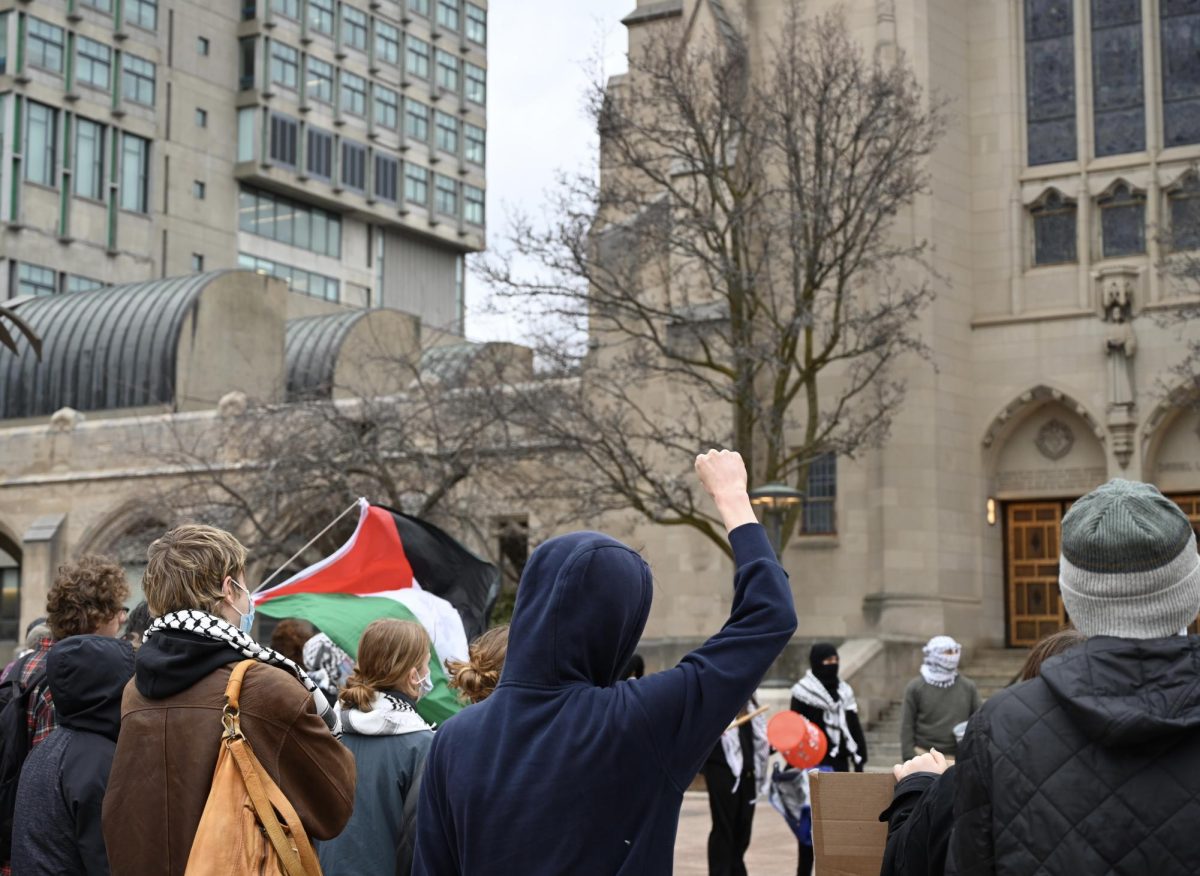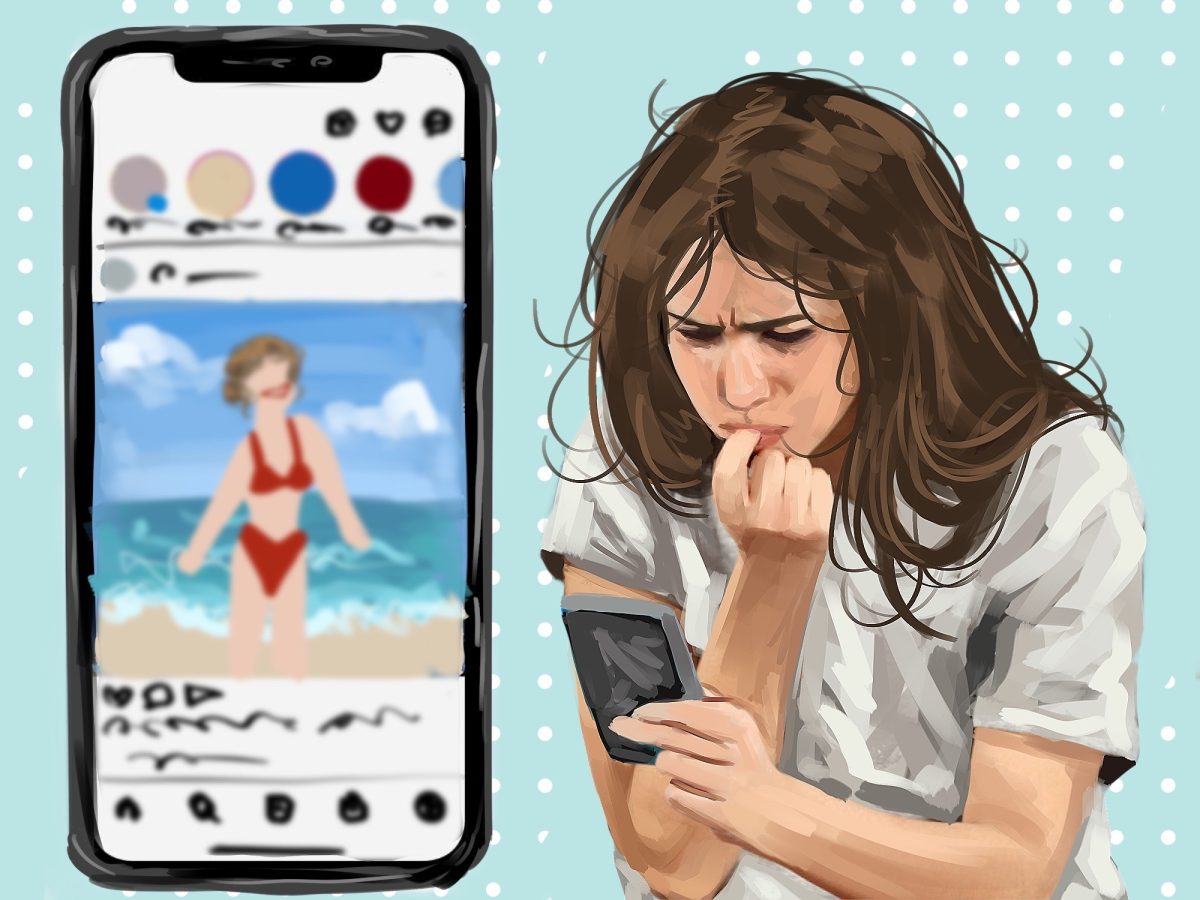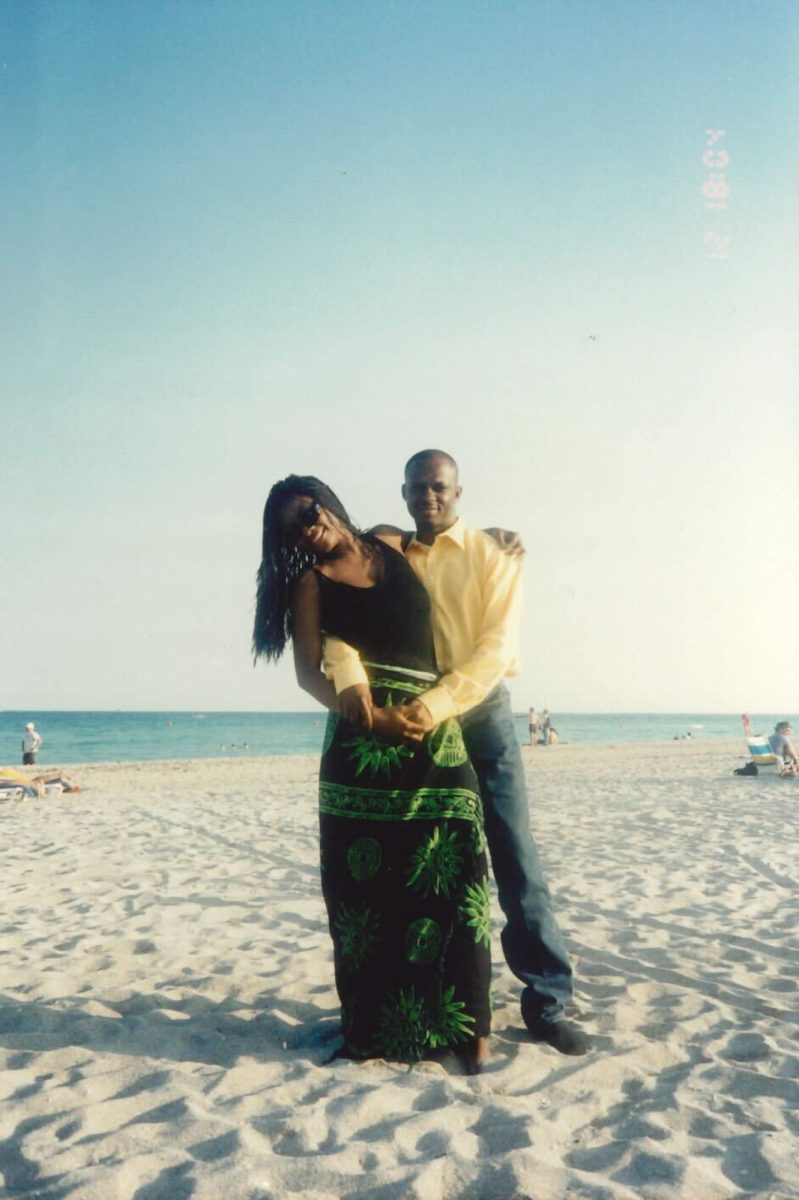When I was seventeen, a local journalist asked to interview me after I had been selected to attend a prestigious leadership program. During the interview, the journalist asked me questions regarding my college and career aspirations as well as my service work in the local community, but the tone of the conversation quickly changed as soon as he saw my scarf-clad mother.
At the time, I did not wear the hijab — the Muslim headscarf — but my mother did. Realizing that we were Muslim women, the journalist went from asking me questions about my leadership roles to more personal, though unrelated question. Did my dad “force” my mom to be a homemaker? Would my parents “choose” who I would marry? Would my father “require” me to wear the hijab in the future?
It was clear through his questions that the journalist was making one huge assumption about Muslim women—that we have no prerogative. As soon as we put on a scarf, our brains fall out and we are consequently at the mercy of our oppressive fathers, husbands and sons. When the article came out, I was disappointed with what I saw. Despite my insistence that my parents would only be facilitators in my future nuptials to a husband of my choice, my mother enjoyed her role as the caretaker of the home and I would choose to wear the hijab when I was spiritually ready, none of these points came across. Since I was a Muslim woman, I could only be a pawn of my parents, my future husband, and my community.
Four years have passed since that interview, but not much has changed in the way Muslim women are portrayed by the media. The automatic equation between veiling, oppression and passivity has led to a mischaracterization of Muslim women’s contribution to society. The irony is, despite the under-representation of Muslim women voices in the media, Muslim women make up one of the most educated religious groups in the U.S. and tend to be more active in their communities than their male counterparts. And this is not “in spite” of their religion. For many, including myself, faith has been the catalyst for their educational and professional aspirations. A famous saying by the Prophet Muhammad is “It is the duty of every Muslim man and every Muslim woman to acquire knowledge.”
This year, Islamic Awareness Month at Boston University coincides with Women’s History Month. As a student of history, I am aware of the fact that historiography is too often reduced to “his-story”—that is, men’s roles are well documented, but women are largely left out of the picture. Consequently, it appears that women have not made any valuable contributions to society, which is far from the truth. As a Muslim woman, I am even more painfully aware of the negative consequences of undocumented or wrongly documented history. This Women’s History Month, I will be celebrating the lives of these “forgotten” Muslim women—women like Ayesha bint Abu Bakr, the famous wife of the Prophet Muhammad, who played an instrumental role in the early development of the Islamic civilization. She was a scholar of jurisprudence, an educator and orator. By celebrating her legacy, I hope to not only correct the misrepresentation prevalent in the Western media of Muslim women as inherently uneducated and oppressed, while also reminding those Muslims who do oppress women of the historical precedent they are working against. In this way, history will serve not only as a source of “remembering”, but also as a way to empower today’s men and women.
Monsura Sirajee
CAS 2013
























































































































Arafat • Mar 11, 2013 at 7:12 pm
Abu Dawud (2:641) – The Prophet (peace_be_upon_him) said: Allah does not accept the prayer of a woman who has reached puberty unless she wears a veil.
Arafat • Mar 11, 2013 at 7:11 pm
Some insist that the veil is not mandated by the religion, although they do not have anything within the sacred texts to counter the passages in which Muhammad instructed its use. In fact, verse 24:60 says that the veil is only optional for unmarried women who are too old to have children, and even then the freedom to uncover the head is discouraged. CAIR’s Jamal Badawi, often held up as a moderate Muslim scholar, insists that the hijab is “a command of Allah to Muslim women” and should be “the duty of the state” to enforce it.
Some women do wear the hijab by choice, but it is impossible to say what percentage, since the pressure to cover ones head can be either subtle or pronounced. In 2011, an imam at a supposedly moderate mosque in Sammamish, Washington claimed that Muslim wives wear the hijab because they want to, but then stated that they may be “punished” if they refuse. In Pakistan, uncovered women are routinely attacked with acid. In Iran, Basij fundamentalists have raped and killed dress code violators.
Arafat • Mar 11, 2013 at 7:10 pm
Islamic law (Sharia) requires women to cover themselves. The practical application in modern Muslim countries varies with a combination of individual taste and social expectation. The Taliban actually require full burqas (covering everything including a mesh for the eyes), while the secular governments of Turkey and Tunisia have actually banned headscarves in public buildings (up until recently).
The head covering is interpreted as a symbol of male domination by most critics and by many Muslim women who fight for the right to dress as they please. In December of 2007, a father in Canada beat his 16-year-old daughter to death for refusing to wear the hijab (headscarf).
Qudsia • Mar 7, 2013 at 4:25 pm
Thank you for the article. Being a hijab wearing woman myself, I can relate. There is always the assumption that we’re forced to cover our selves, that we married without a choice, and that our husbands must treat us badly. In fact, my experience has been the opposite. I’ve found hijab wearing Muslim women to be much stronger and bolder than those who don’t wear it.